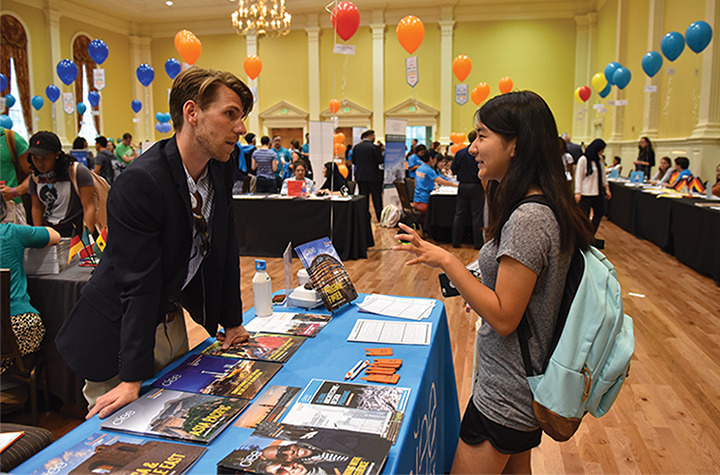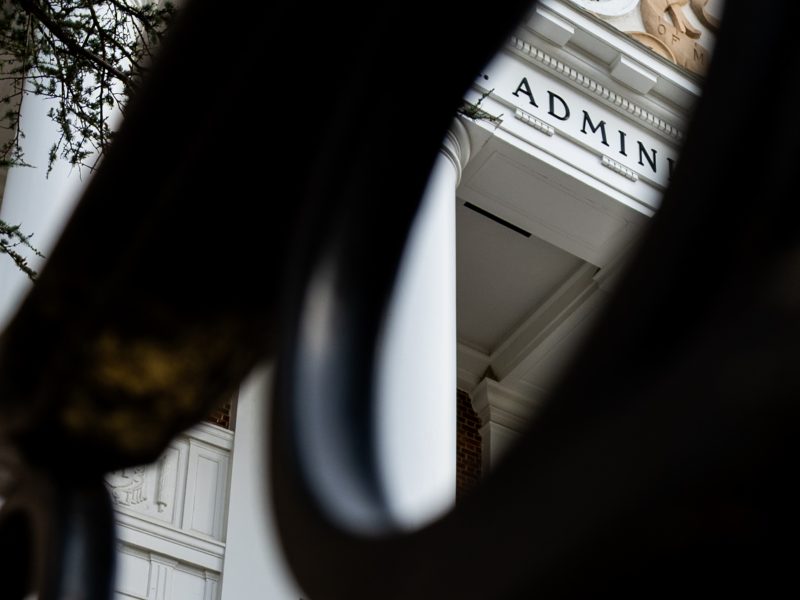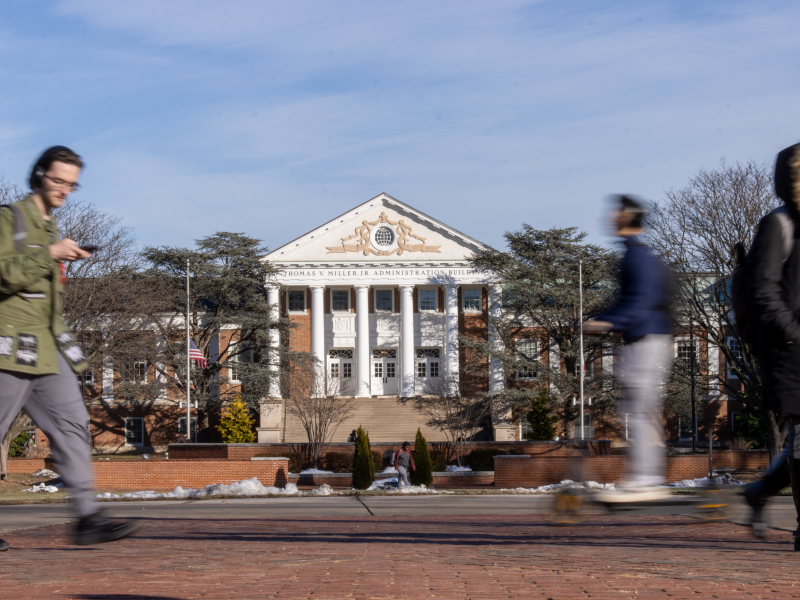Driving in from Iceland’s Keiflavik International Airport, I looked at the scenery and wondered if this is what Mars looks like. Treeless landscapes, glacier and mountain vistas, broad lava filled plateaus. You could film a Syfy movie here, and many have.
Upon arrival in Reykjavik, my father made his way to our apartment and slumbered his jet lag away. Too keyed up to sleep, I roamed toward Laugavegur Street, the commercial heart of the capital. I was mesmerized by the cobblestone streets, quaint ambiance and the comely Nordic women. I would soon discover however, that the women here ignored me with the same aplomb as those in College Park. Some things are constant.
Starved, I scampered into Bonus, a popular local grocery store. I walked out with a large container of Pringles. Standing there, gawking at the stunning Danish influenced architecture, I noticed locals gawking right back. My ungracious eating juxtaposed against the sophisticated street scene instantly labeled me as the “uncivilized American.” The looks were formidable. Hence, it was then in my best interest to conform.
Other than Pringles, an outlandish variety of food is present on this often opaque island. I ate whale and I ate shark. I even indulged on an adorable puffin bird. I am not proud. This three course meal was served at Hereford, our favorite restaurant during our stay. With every bite of Whale, I envisioned “Save the Whales” bumper stickers. The taste overpowered the conservationist’s campaign. I couldn’t resist. Shark, in contrast, a native delicacy, was not money well spent.
Conversely, all-terrain vehicle touring was. Riding atop molten rocked surfaces through the otherworldly landscape, I felt cast in a science fiction film. It’s clear why many blockbusters were filmed here – Prometheus, Star Wars and Star Trek to name a few. I passed black sandy beaches, frosted tipped mountains and lustrous waterfalls separated only by a parapet.
The dreamlike ride was followed by an arduous hike on the Hevrgardi trail. The main selling point was the geothermal springs at the peak. The ascent was brutal but well worth it. Blustering winds and roaring rain accompanied our trek over barren and rugged surfaces. But I forgot all about that once we entered the hot spring. Wading in the hot water, offsetting the cold air, was like wading in a fountain of youth. After an hour in the spring we began our descent from the mountain. It was rough, real rough. Iceland was once controlled by Vikings and we disregarded their proverb, “better weight than wisdom a traveler cannot carry.” Experienced, well clothed Nordic hikers passed us as we walked down soaking wet and towel-less, reinforcing a regrettable “clueless American” stereotype.
While you may not gain the same historical perspective as you would in London, Paris or Birmingham, Alabama, these unparalleled wonders are within a short driving distance from Reykjavik.
Nightlife in Reykjavik is not in short supply. Happy hour often begins at 9 p.m. and is welcomed due to high drink prices. Yes, do not anticipate to pay $2.50 for a bottle of beer like you would at R.J. Bentley’s on Wednesdays. Here, $5 will get you about a quarter of a glass. Iceland’s seclusion calls for most goods being imported and thus, heavily taxed. Strolling down the narrow nightlife hub of Reykjavik, Laugavegur Street, we were greeted by cafes, pubs, nightclubs and wool shops. After spending $70 total at the Icelandic Bar for beers and burgers, we went to Solon Bistro, a popular bar. There, we made like the locals and took shots of Brennivin , the native liquor otherwise known as “Black Death.” A crude but accurate description.
I spent just five days in Iceland. I had fun, but I couldn’t help but learn from the surroundings. For instance, the volcanic landscape dispenses geothermal energy to power homes across the country. Iceland is energy efficient and employs their resources wisely. A practice which America, among other countries, should follow.
Regrettably, I didn’t study abroad. However, I stress to the audience of this article to take that opportunity. I learned many interesting things in less than a week. I can’t imagine the depth of knowledge one could obtain by immersing themselves with an entire semester. Students would be able to expand their horizons while re-evaluating the values and beliefs manifested in their own culture.
Matt Carden is a quantitative economics major at the University of Alabama. He can be reached at mncarden@crimson.ua.edu.



